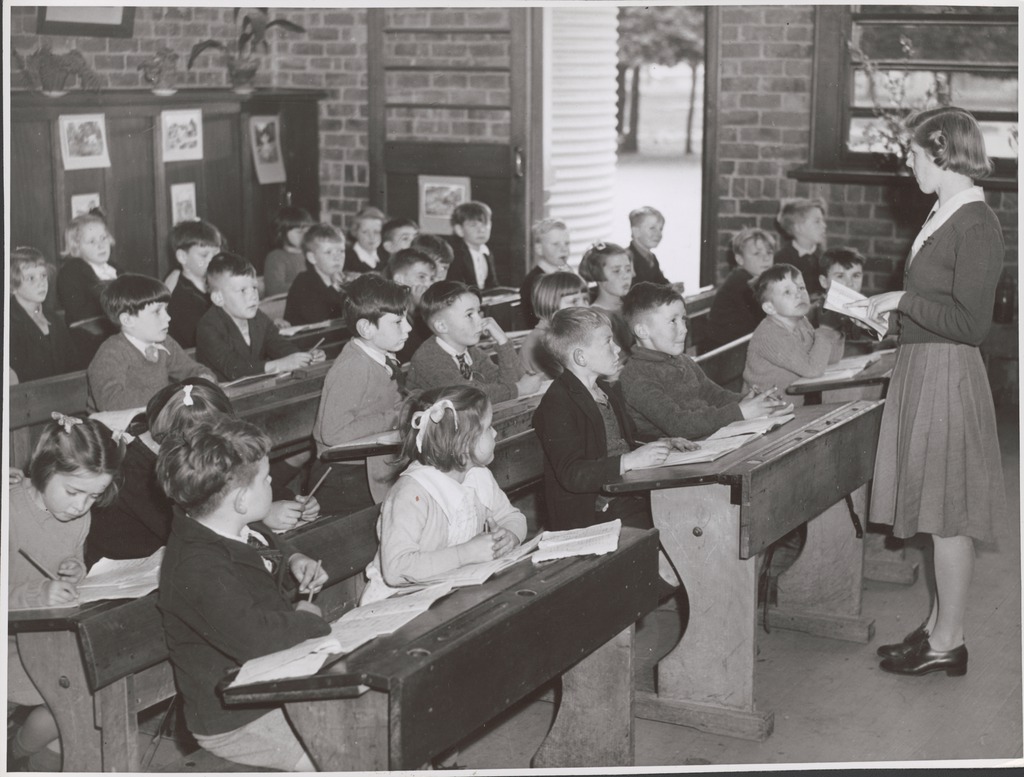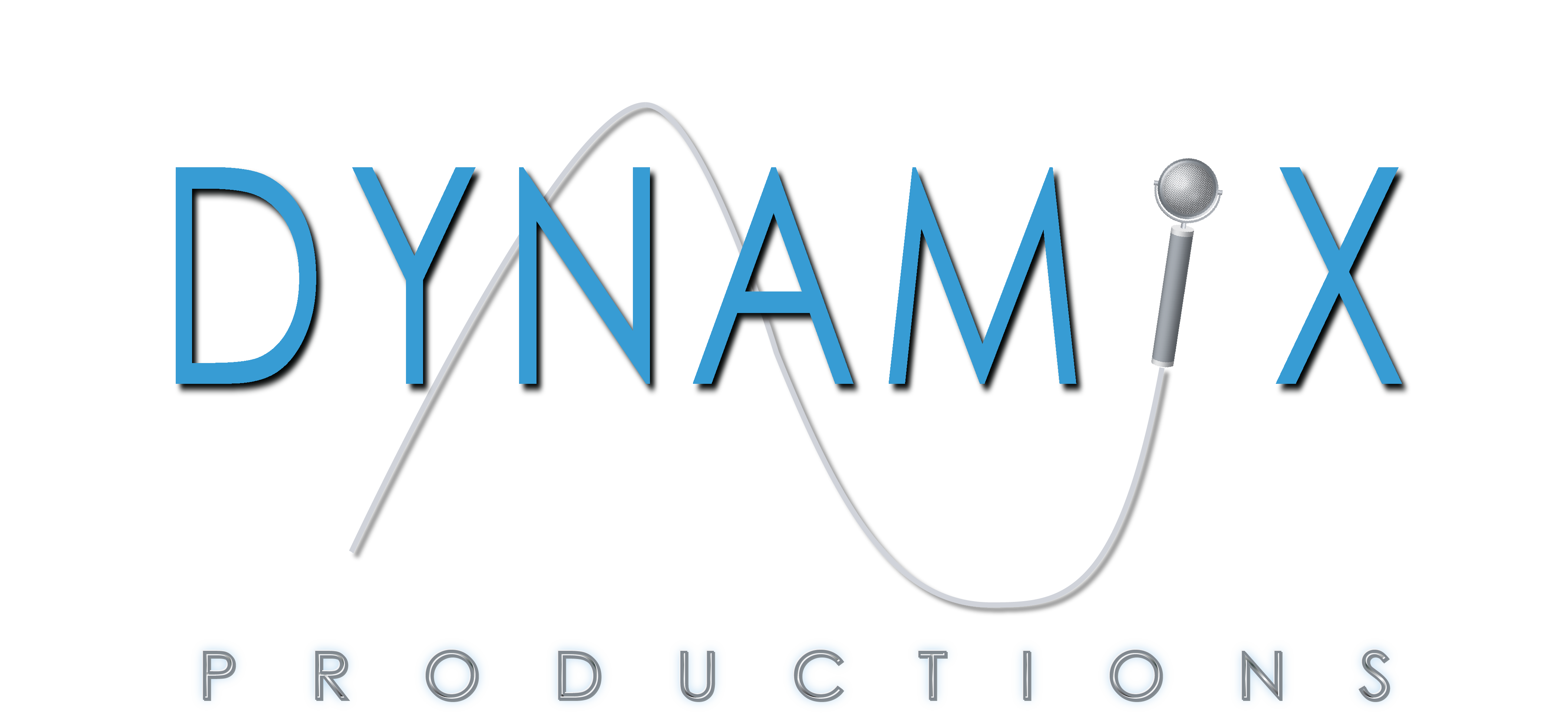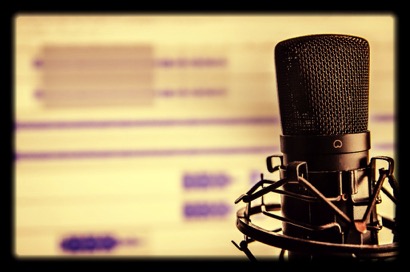

- © 2003 - 2025 Dynamix Productions, Inc. Contact Us 0



"One of the things that I love about voiceover is that it's a situation where - because you're not encumbered by being seen - it's liberating. You're able to make broad choices that you would never make if you were on camera."
Mark Hamill
What does it take to perform a voice-over? After talking with several industry veterans, it turns out that it's not as easy as they make it sound - and that's the whole point. There's technique: from breath control and phrasing, to diction and pitch. There's preparation: from flexing the vocal chords to researching the product. There's expression: from capturing the mood to acting the part. Each of these voice professionals have their own approach to achieving the nearly impossible task of a voice-over artist: making it sound sincere. Let's start off by finding out what led each of our veterans to putting on a set of headphones and standing behind a microphone.

Jim Jones, owner of Cherry Voiceworks in Dayton, Ohio was always comfortable speaking in front of people. A speech class assignment about careers had Jim fumbling at the last moment for a topic. His friend gave a three-minute speech on becoming a disc jockey, so Jim got up and said he would too. He followed through and went to broadcasting school, landing his first job in a small radio station. His first commercial? "I remember it well," says Jim. "It was for Mike Sells Potato Chips. And all I had to do was say the tag, 'Mike Sells are delicious.' The irony in that was that my Dad worked for Frito Lay, and he was very brand loyal." Ouch. Jim never told his Dad about that one.

Kathie Stamps, is a voice-over artist, writer, producer, and is owner of Stamps Communications in Lexington. She grew up in the public eye, singing and playing piano accompaniment for her Dad in church. Kathie was spinning records in college while studying music. "They had a campus radio station - 10 watts. On a clear day you could get it in the dorm. I was just playing the rock-and-roll, talking about the songs." That job led to a career in radio and advertising.

John Campbell, a voice-over artist and semi-retired advertising and marketing writer and producer, had been told what many people with strong, clear voices are told. "People always told me I had a pleasant telephone voice, 'You should be in broadcasting.'" John went on to say, "I tried to imitate my brother who has a really nice voice." His first gig was the result of answering a want ad in the Herald-Leader "for a very small agency, and the client was Liquor Barn. I didn’t do a standard announcer voice, I did an elf character. I had to pitch my voice way up and talk to Santa. The agency liked me and I got to come back and do some other characters."

Tom Martin is a career journalist, reporting and anchoring on such news radio networks as ABC News, AP Radio, and RKO Radio Network, as well as being Paul Harvey's back-up host. He started in radio at the age of nineteen, perhaps fulfilling what his father could have done. "My father had an incredibly mellifluous deep voice," Tom said. "He was always complimented on it. And so I grew up with that around me all the time."

The Accent
Tom grew up in Morehead, Ky and had a self-described "strong eastern Kentucky accent. Not that there’s anything at all wrong with that. But this is back in the late 60s, and everybody on the radio back in those days had very straight 'American' accents." Tom adds, "I grew up in the era of Cronkite, Howard K. Smith, Huntley & Brinkley, and all of those broadcasters who spoke 'American.' And so that was how you spoke if you were going to be in the news business." All of those I talked to wrestled with getting rid of an accent. Kathie knew she had to get rid of it, "not because it was anti-Southern, but because it was pro-Hollywood. This is what people do in the business." Jim said the instructors at broadcast school "used to point at Johnny Carson as having the all-American, midwestern non-accent."
John has perhaps the funniest story of how he first realized he even had an accent. When growing up in west Tennessee, his first grade teacher brought in a reel-to-reel tape recorder, "She set it up on the desk, she plugged in the microphone, and everybody in the class took turns saying, 'Hello, my name is…and maybe something else.' So we all recorded, and she backed up the tape and played it. And I started listening to all my classmates thinking, 'God, what a bunch of hicks! Listen to those accents!' And then I came up and I sounded just like them!"
Tom, while majoring in Communications at Morehead State University, took Voice and Articulation to straighten out diction and to eliminate accent. "Ironically," Tom says, "when I was in New York with ABC News, one day when Paul Harvey called in sick and they needed someone to do his noon show, the Vice President for News came up to me and said, 'Tom, you’ve got that great mid-western accent, so we want you to do Paul Harvey.”' So I thought, 'Really? I thought I’d gotten rid of that.'"
Jim remembers when he moved from West Virginia to Dayton. At thirteen-years-old, he was proud of his West Virginia accent. "And then when I got to broadcasting school," Jim goes on, "I was able to kick that accent in the first hour because I wanted to." Like Tom's irony, Jim had one of his own while reading an audiobook that took place in his native West Virginia. "All that money I spent on getting rid of the accent, I got paid to bring it back."

The Uphill Climb
Most veteran voice professionals will tell you that the hardest part of breaking in is just getting your first job. But Kathie had a unique challenge and didn't even realize it. "I loved listening to the radio," she remembers. "I liked the music, I liked the disc jockeys. It never occurred to me and I never paid attention to the fact that they were all men." When she got her first on-air job in Lexington, "I had no idea that I was unusual, I just never thought about that." Six months later, they told her they hired her 'because you were a woman. You were the best female tape we heard, and you were even better than some of the men.’ Her mother gave her sage advice, ‘You’re not special because you’re a female, you’re special because you’re you.’ She wondered, "OK, why don’t these other people believe it?"
Ok, you've got the gig, but you need to keep improving your voice. How did our once green-as-grass veterans handle that? While working his first on-air job at WBKY-FM (now WUKY-FM) on the University of Kentucky campus, John took a few acting classes, most notably Speaking for the Stage. Although different from speaking into a microphone, "There were good lessons to be learned," John recounted. "Chief among them - I made the mistake that I guess everybody probably does when I first started doing regular voice-overs - trying to sound as low as I possibly could."
Jim remembers trying to learn how to work with different producers. "Early on I would overstep my bounds a little bit and say, 'Don’t you think it ought to be this way?' No, they want it that way. So I try to give it the best way they want and save that directing for when I’m self directed." When Kathie was new to the game, getting used to the different directing styles would alter her read. "I was very easily intimidated and that would affect the vocal chords."
Tom had many challenging experiences unique to live news. Having a producer feeding information into his headsets while he was reading on-air was nerve racking, says Tom. "Walter Cronkite was famous for being able to do that. He could be listening to one thing in one ear, and listening to himself talking in the other ear." Tom says it's very distracting, like trying to carry on a conversation while somebody is talking in your ear. "You can just imagine how that would affect you. It does, but you learn to do it."
Next month, we'll find out how these professionals make it sound so natural and sincere. Hint: it's all about preparation and technique.
Explore More